Frederick Faust, Bound for SF and The Smoking Land
 The Smoking Land
The Smoking Land
Frederick Faust writing as George Challis (Argosy, 1937)
I’m returning to the subject of Frederick Faust for the third time this year. But I have a specific, Black Gate-centered justification for it: I wish to unearth his single novel of science fiction, a piece of Lost World and Weird Science strangeness called The Smoking Land.
Faust, under Max Brand and his eighteen other pseudonyms, made his reputation with Westerns, but he did write in almost every genre that appeared in the story magazines of the time. He penned historical adventures, detective tales, mainstream short stories for the “slicks,” and espionage yarns. In 1937, he authored his one true science-fiction work, the novel The Smoking Land, which appeared serially under the pseudonym George Challis in the old warhorse of the pulp world, Argosy, starting in the May 29 issue.
(In fact, this Saturday evening I stood face-to-face with one of the actual issues of Argosy in which the novel was serialized, housed in the pulp collection at Author Services in Hollywood. Actual surviving issues of the self-destructive pulps are rare finds, and they need special protection to survive. And hey look! One of the Argosy installments of The Smoking Land shares space with the Cornell Woolrich story “Clever, These Americans”! . . . Okay, so maybe only I care.)
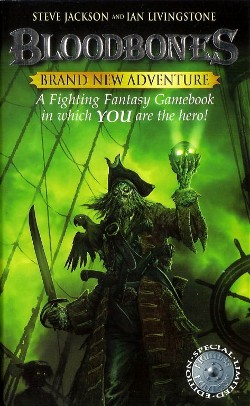 Bloodbones
Bloodbones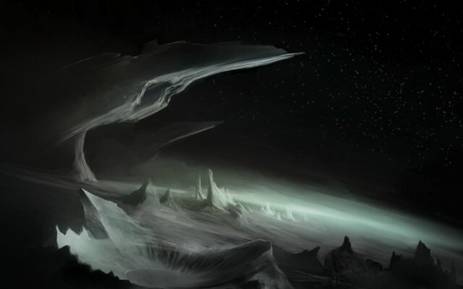
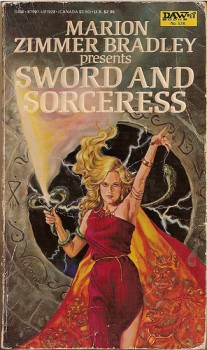 Sword and Sorceress I
Sword and Sorceress I
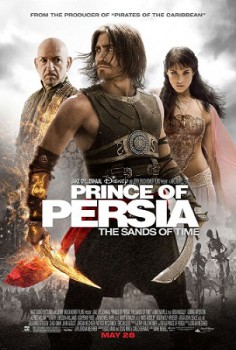 Prince of Persia: The Sands of Time (2010)
Prince of Persia: The Sands of Time (2010)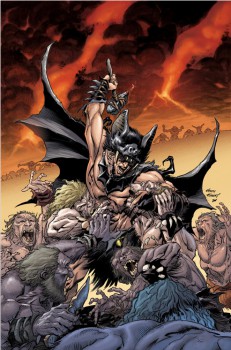 After reading the
After reading the 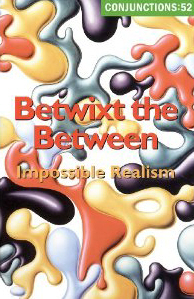 The Spring 2009 issue of
The Spring 2009 issue of  Robin Hood (2010)
Robin Hood (2010) To call me a “gamer” would do a serious injustice to those hardcore cyber-warriors who are universally recognized for their pale complexion and calloused thumbs. But as someone who has spent many a windfall dollar at the local GameStop, foregone more than one sunny summer day hunched over a keyboard in a darkened room, and lives at least partially in a world where an
To call me a “gamer” would do a serious injustice to those hardcore cyber-warriors who are universally recognized for their pale complexion and calloused thumbs. But as someone who has spent many a windfall dollar at the local GameStop, foregone more than one sunny summer day hunched over a keyboard in a darkened room, and lives at least partially in a world where an